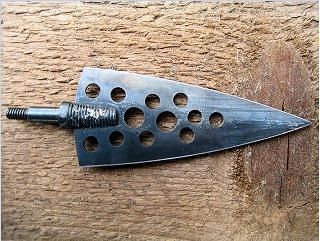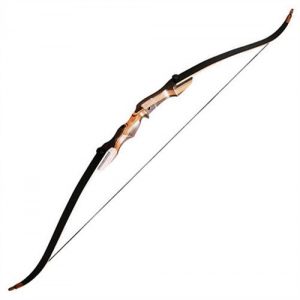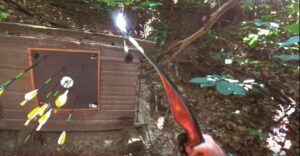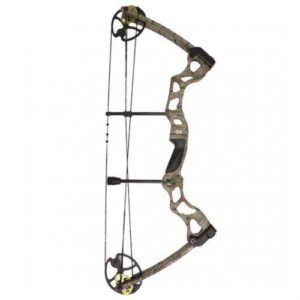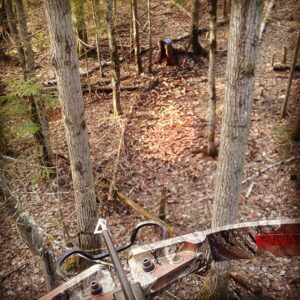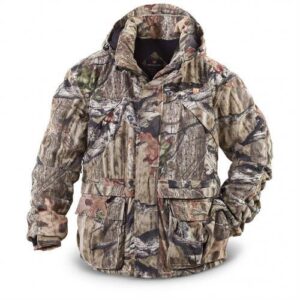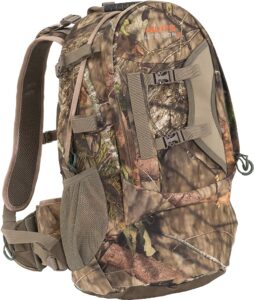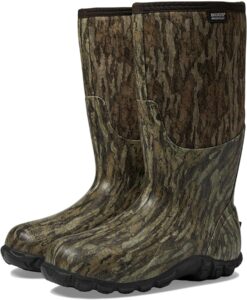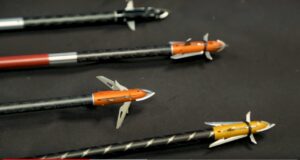High broadhead mechanical advantage ratings are needed for those using low-draw-weight bows.
No matter what bow you shoot, the amount of power it can produce is only limited. Mechanical advantage (MA) ensures that you are using this force at its full potential. Together with an arrow’s FOC (forward of center), mechanical advantage is the most effective factor in reaching an arrow’s penetration limits. For those of you that use low draw weight bows, MA is something you need to pay close attention to, since there is a limit on how much power they can provide. However, with a little planning, you can achieve great amounts of penetration and pass-through shots, even with “less powerful” bows!
MA is a formula, a basic engineering principle used by engineers in order to measure
efficiency- the amount of work something can accomplish by using the available force. By using this formula in bow hunting, we are trying to measure how much penetration can a broadhead provide, with whatever force our bow may apply to it. Increasing the mechanical advantage on an arrow by 25%, will result in a 25% penetration increase as well.
A broadhead’s mechanical advantage is lower with steep angles, more blades and wide cutting diameters, because the amount of force that is required for the arrow to penetrate a target, is bigger. It may not seem like such a big deal when soft tissue is encountered, but try to penetrate a shoulder bone, or go through a lot of soft tissue to reach the vitals without all the penetration you can get! Many bowhunters relate more blades with more damage to the tissue and better blood trails, but that’s not the case. This idea is problematic because in order to achieve the same penetration levels with more blades you need to increase the force that is driving them too. Fewer blades and deeper penetration will make shots more lethal and game recovery easier. Two holes in the hide bring more blood trails and lethal shots than wide cuts on one side, especially when the entry wound is on the upper part of the animal, such as tree stand shots.
How to Measure Mechanical Advantage
Once you learn how to measure your broadhead’s MA, the critical part of selecting an arrow wisely, becomes an easy task. To do this, you will need the length and the height of the blade. To find the length you can use a set of calipers or you can trace the blade onto a piece of paper and measure the line if it suits you better. For the height of the blade a set of calipers will do the job, but you can even use a ruler or a tape measure. A different approach to getting the height is to look at the broadhead’s original package, as most broadheads list cutting diameters. Take that diameter and divide it by two. Now multiply it by the number of the blades of the particular broadhead and you have the width factor.
The final formula is this: MA=length/width factor.
